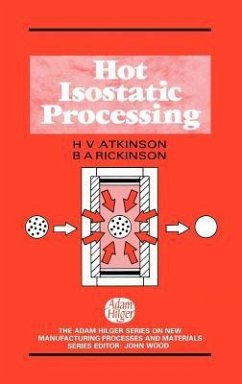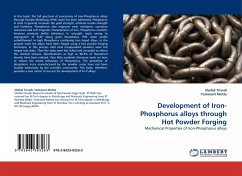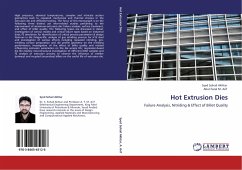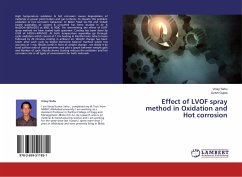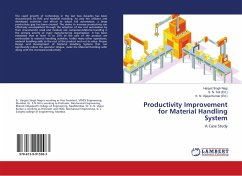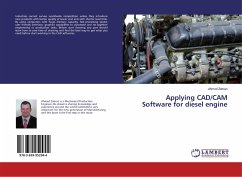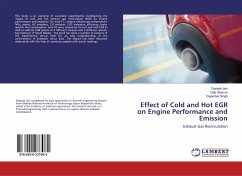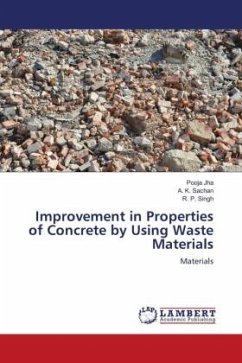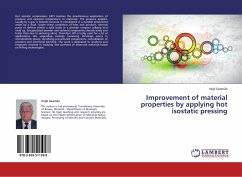
Improvement of material properties by applying hot isostatic pressing
Versandkostenfrei!
Versandfertig in 6-10 Tagen
27,99 €
inkl. MwSt.

PAYBACK Punkte
14 °P sammeln!
Hot isostatic compression (HIP) involves the simultaneous application of pressure and elevated temperature to materials. The pressure applied, usually by a gas, is isostatic because it's developed in a suitable pressurized vessel by a fluid. Under these conditions of heat and pressure, internal pores or defects within a solid body or a powder compact collapse and weld up. Encapsulated powder and sintered components densify easily and faster than due to sintering alone. Therefore HIP is today used for a lot of applications, like upgrading castings (removing shrinkage pores in interdendritic spa...
Hot isostatic compression (HIP) involves the simultaneous application of pressure and elevated temperature to materials. The pressure applied, usually by a gas, is isostatic because it's developed in a suitable pressurized vessel by a fluid. Under these conditions of heat and pressure, internal pores or defects within a solid body or a powder compact collapse and weld up. Encapsulated powder and sintered components densify easily and faster than due to sintering alone. Therefore HIP is today used for a lot of applications, like upgrading castings (removing shrinkage pores in interdendritic space), densifying pre-sintered components, consolidation of powders and interfacial bonding. The work is dedicated to students and engineers involved in studying and synthesis of advanced materials based on HIPing technologies.





